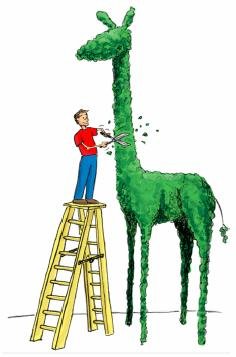Prune the Product Tree
Learn more about how you can collaborate with customers to shape the evolution of your product and services! Here’s what we will cover:
Why the game works
Things you need to play the game
Things to Remember while playing
What to do after the game
What to examine after this game
Things to remember while playing:
Have fun picking the tree shapes! Are you a fast-growing cottonwood? A slow but steady oak? Are you a fruit-bearing tree? Do you provide shade? Comfort? Beauty? What kind of tree would your consumers pick? Why?
Keep in mind that if the tree is drawn too nicely, customers may resist marking it up. You don’t have to worry about how neat the tree looks!
What to do after the game:
After the Client groups are done pruning the Product Tree, each group presents their results to the entire group. Encourage other participants to ask questions about how the leaves in the tree were organised.
Tree created by customers may not match the tree you started with. That’s okay! Try to understand what your customers are trying to say.
What to examine after this game:
Which of your features were pruned?
Do trees retain their general shape? Customers who change the shape of the tree can provide even richer feedback about how they perceive your company.
How fast do customers want the tree to grow? Customers who prune a lot of features on the inner versions may be signalling that you’re not releasing your product fast enough. Fewer leaves in the interior may mean that current plans are just fine, but look for the growth in the canopy, hinting at some big new potential features.
What things do customers add to/remove from roots?
Here are links to 7 different tree shape templates to play Prune the Product Tree.
Here are links to 7 different leaf shape templates to play Prune the Product Tree.
these leaves represent new features in current release
roots of the tree represent services, support, related corporate infrastructure
Make posters/place these trees on whiteboards (eg. Miro, Mural). Provide your customers with leaf cutouts/stickers, some pre-filled with existing features and some blank-for them to provide you with inputs on potential features. Watch how your customers can help you create the product they desire while pruning your Product Tree. Observe the way the tree’s shape changes from its initial shape. Is there any imbalance in the shape? What are your customers trying to say through this?
Note: Your Product Tree does not have to be balanced!
Why it works?
Customers can provide explicit inputs during the decision-making process of your product/service.
Customers can help shape aspects of your product/service!
Prune the Product Tree provides product teams the rare oppurtunity to identify and potentially remove those product features that are simply not meeting customer needs.
Things you need to play the game:
One tree per group. (4-5 client members in each group)
Leaf cutouts: You will need some leaves with existing product features written over them and some blank leaves for customers to write down and decide on what potential features can be added.
This is what the tree represents:
Each tree given to your various client groups represents your product/service. Each part of this tree represents various aspects of your product/service.
leaves on outer edge of tree represent new features/potential features

